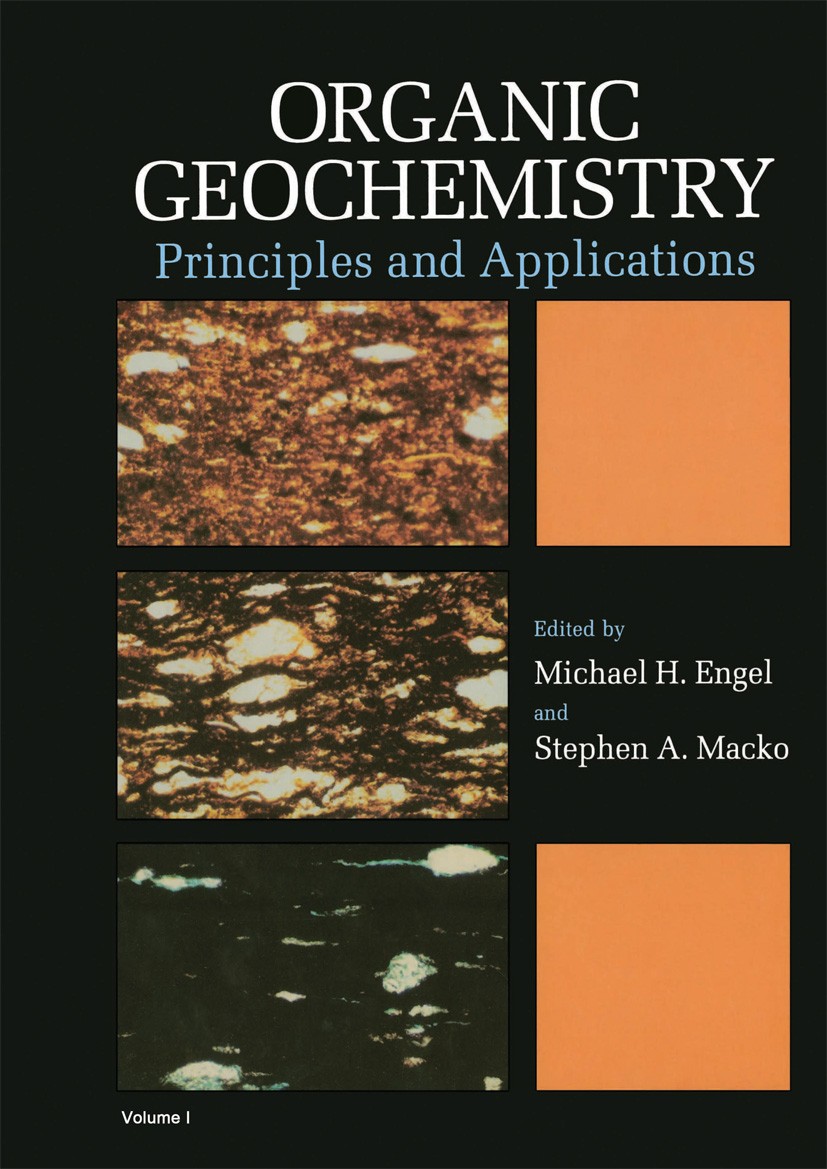Geochemical characteristics of ultra-deep natural gases
IF 2.5
3区 地球科学
Q2 GEOCHEMISTRY & GEOPHYSICS
引用次数: 0
Abstract
As a clean energy source, natural gas occurs at various depths. Natural gas exploration targets have shifted from shallow to ultra-deep reservoirs. Despite the considerable potential of ultra-deep exploration, its development remains limited. To accelerate and improve the exploration of ultra-deep natural gas, it is essential to thoroughly understand the characteristics and origins. Analyzing the geochemical characteristics of both hydrocarbon and non-hydrocarbon gases from ultra-deep reservoirs (depth > 6 km) across various global basins helps identify and classify their characteristics and origins. These gas pools typically contain helium in concentrations below 0.02% or is absent, with hydrogen generally below 2%, indicating that ultra-deep reservoirs may not serve as significant reservoirs for He and H2. For hydrocarbon gas genesis, thermogenesis is predominant, with illustrative examples from different basins. Concerning CO2 origins, inorganic processes such as thermochemical sulfate reduction (TSR) and magmatic CO2 are prevalent, while organic and mixed origins, including organic matter degradation, are less common. The primary origin of H2S is TSR, with the Mississippi Salt Basin being an exception due to possible contamination from inorganic volcanic gases interacting with hydrocarbon accumulations. Nitrogen’s origin is mainly related to the thermal evolution stage of source rocks. Understanding these gas characteristics provides valuable theoretical insights, which can guide the future exploration and development of ultra-deep natural gas and non-hydrocarbon gases.
超深层天然气的地球化学特征
天然气作为一种清洁能源,存在于各种深度。天然气勘探目标由浅层转向超深层。尽管超深层勘探潜力巨大,但其开发仍然有限。要加快和提高超深层天然气勘探水平,必须深入了解超深层天然气的特征和成因。超深层储层烃、非烃气体地球化学特征分析(深度>;6km),有助于识别和分类它们的特征和起源。这些气藏通常含氦浓度低于0.02%或不含氦,含氢浓度一般低于2%,这表明超深层储层可能不是He和H2的重要储层。烃类气的成因以热成因为主,并有不同盆地的例证。在CO2成因方面,热化学硫酸盐还原(TSR)和岩浆CO2等无机成因较为普遍,而有机成因和混合成因(包括有机质降解)则较为少见。H2S的主要来源是TSR,但密西西比盐盆地是一个例外,可能是无机火山气体与油气聚集相互作用造成的污染。氮的成因主要与烃源岩热演化阶段有关。了解这些气体特征可以提供有价值的理论见解,可以指导未来超深层天然气和非烃气的勘探开发。
本文章由计算机程序翻译,如有差异,请以英文原文为准。
求助全文
约1分钟内获得全文
求助全文
来源期刊

Organic Geochemistry
地学-地球化学与地球物理
CiteScore
5.50
自引率
6.70%
发文量
100
审稿时长
61 days
期刊介绍:
Organic Geochemistry serves as the only dedicated medium for the publication of peer-reviewed research on all phases of geochemistry in which organic compounds play a major role. The Editors welcome contributions covering a wide spectrum of subjects in the geosciences broadly based on organic chemistry (including molecular and isotopic geochemistry), and involving geology, biogeochemistry, environmental geochemistry, chemical oceanography and hydrology.
The scope of the journal includes research involving petroleum (including natural gas), coal, organic matter in the aqueous environment and recent sediments, organic-rich rocks and soils and the role of organics in the geochemical cycling of the elements.
Sedimentological, paleontological and organic petrographic studies will also be considered for publication, provided that they are geochemically oriented. Papers cover the full range of research activities in organic geochemistry, and include comprehensive review articles, technical communications, discussion/reply correspondence and short technical notes. Peer-reviews organised through three Chief Editors and a staff of Associate Editors, are conducted by well known, respected scientists from academia, government and industry. The journal also publishes reviews of books, announcements of important conferences and meetings and other matters of direct interest to the organic geochemical community.
 求助内容:
求助内容: 应助结果提醒方式:
应助结果提醒方式:


